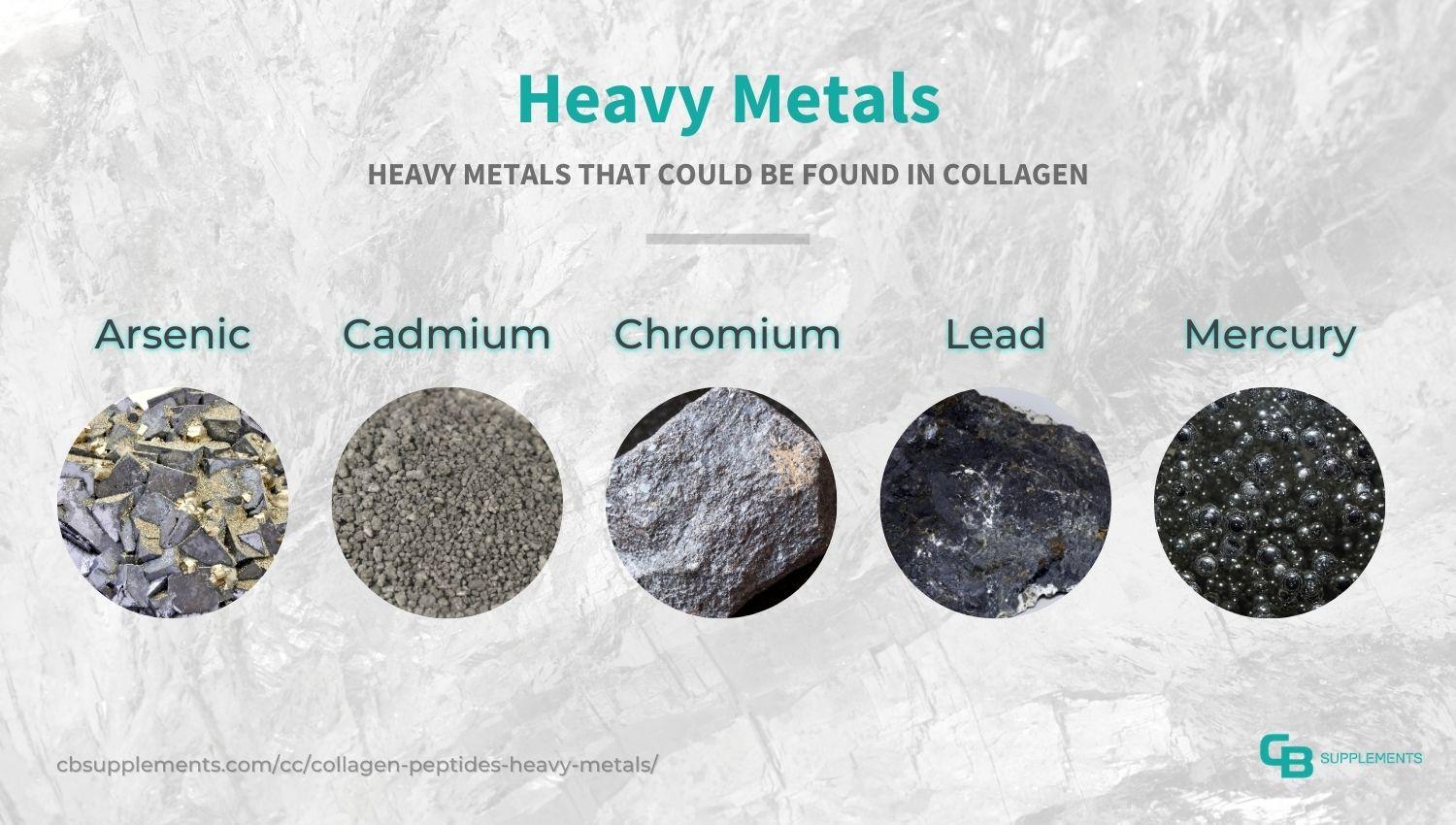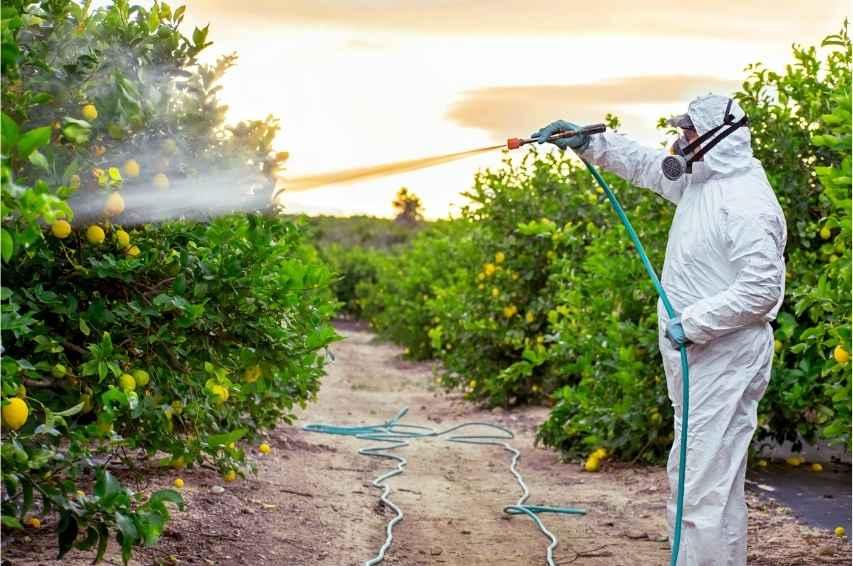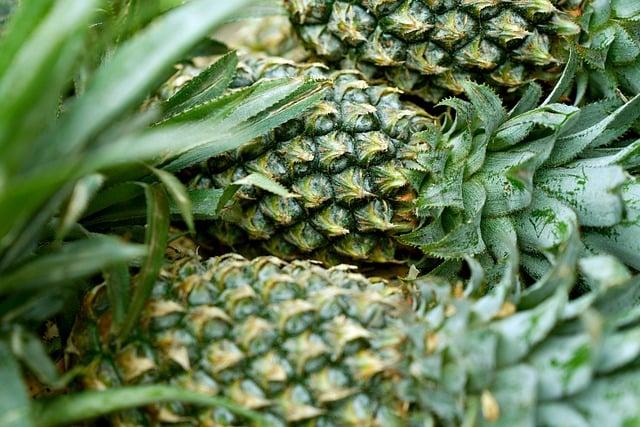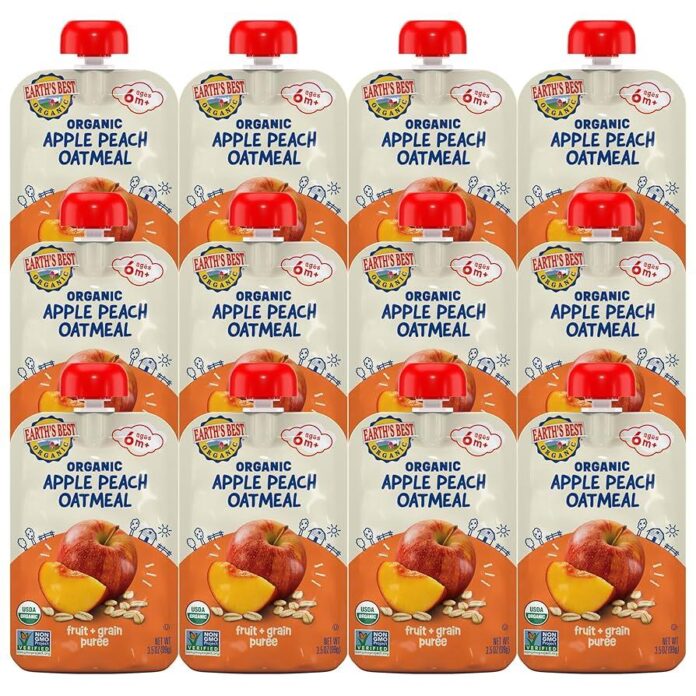In recent years, the rise of organic baby food has been celebrated as a response too growing parental concerns about the quality and safety of infant nutrition.As parents strive to provide the very best for their little ones, the organic label offers a sense of assurance that ingredients are sourced naturally and nurtured free from synthetic additives. However, beneath this appealing promise lies a critical question: how safe are these products in terms of heavy metals and pesticide residues? As infants possess delicate systems that are still developing, the potential presence of contaminants can evoke considerable concern. This article delves into the intricate world of organic baby food safety testing, exploring the methods used to screen for harmful substances and the implications for both parents and manufacturers. By shedding light on the complexities of food safety in the organic sector, we aim to empower consumers with the knowledge they need to make informed choices for their children’s health.
Understanding the Risks: The impact of Heavy Metals in Organic Baby Food
The presence of heavy metals in food, particularly in baby foods, poses critically important health risks. Infants and young children are particularly vulnerable due to their developing systems, which can be adversely affected by toxins. Heavy metals such as lead, arsenic, cadmium, and mercury can accumulate in the body over time, perhaps leading to neurological issues, developmental delays, and other serious health complications. When considering organic baby food, it’s crucial to understand how these metals can be present even in products that are marketed as safe and healthy. Various factors contribute to contamination, including the sourcing of ingredients, soil quality, and agricultural practices.
To safeguard your child’s health, it’s essential to look for brands that implement rigorous testing protocols. Manufacturers should conduct thorough screening for heavy metals and provide transparency about their findings. When evaluating options, consider the following criteria to select safer products for your baby’s diet:
- Third-party testing: Look for certifications from autonomous laboratories.
- Ingredient sourcing: Investigate where and how ingredients are sourced.
- Transparency: Brands that openly share test results demonstrate accountability.
Additionally, it’s beneficial to stay informed about the latest findings regarding heavy metal levels in various baby food products. Understanding these risks can empower parents to make safer,informed decisions. Below is a simplified table illustrating some common heavy metals and their potential health impacts on infants:
| Heavy Metal | Potential Health Impact |
|---|---|
| Lead | Neurological damage, developmental delays |
| Arsenic | Skin lesions, developmental effects |
| Cadmium | Kidney damage, bone fragility |
| Mercury | Cognitive impairment, motor skill delays |

pesticide Residues Uncovered: Navigating Safety Standards for Infants
As parents increasingly turn to organic baby food, understanding the implications of pesticide residues becomes vital for infant health. Even though organic foods are cultivated without synthetic pesticides, the reality is that small amounts may still linger due to environmental factors or proximity to conventional farms. thus, it’s crucial for caregivers to be proactive in assessing and ensuring the safety of the baby food they choose. Authorities such as the Environmental Protection agency (EPA) and the U.S. Department of Agriculture (USDA) provide guidelines regarding acceptable pesticide levels in food products, but ongoing testing and awareness are key to safeguarding our littlest eaters.
To navigate safety standards,parents can utilize several strategies:
- Research Brands: Look for manufacturers that conduct independent testing for pesticide residues.
- certification Matters: Prioritize products with organic certification to minimize exposure risks.
- Check Reports: Many brands publish safety testing results—make them a part of your buying decision.
Understanding the testing landscape can empower parents to make informed choices. below is a simplified table of common pesticide types and their effects:
| Pesticide Type | Potential Effects on Infants |
|---|---|
| Chlorpyrifos | Neurological issues |
| Glyphosate | Possible carcinogenic properties |
| Carbamate | Respiratory distress |

Testing Methods Explained: Ensuring Quality Control in Baby Food Production
In the quest for safe and nutritious baby food, rigorous testing methods play a critical role in maintaining quality control. One essential aspect of this process is the screening for heavy metals and pesticides, which can pose serious health risks to infants. These substances can be introduced into baby food during agricultural practices or manufacturing processes. Testing methods primarily include:
- Atomic Absorption Spectroscopy (AAS): A reliable technique used to detect trace metals.
- Inductively Coupled Plasma Mass Spectrometry (ICP-MS): This method allows for the detection of multiple metals at once, ensuring comprehensive testing.
- High-Performance Liquid Chromatography (HPLC): Essential for analyzing pesticide residues in complex food matrices.
Furthermore, transparency in testing outcomes is crucial for manufacturers.Each batch of baby food undergoes screening before distribution, ensuring compliance with safety regulations. A common practice is to maintain testing records in a clear and concise manner, as illustrated in the table below:
| Test Type | Frequency | Compliance Level |
|---|---|---|
| Heavy Metal Screening | per Batch | Below EU Limits |
| Pesticide Residue Analysis | Quarterly | Certified Organic Standards |
By employing these advanced testing methods and stringent quality control measures, baby food producers not only comply with regulatory standards but also build trust with parents seeking safe options for their children.

Empowering Parents: Choosing Safe Organic Baby Food for Optimal Health
When navigating the world of baby food, safety is paramount. To ensure your little one’s meals are nutritionally sound and free from harmful contaminants, look for brands that prioritize rigorous safety testing. Products should undergo verification processes that include heavy metals testing, which can detect lead, arsenic, cadmium, and mercury. Understanding the potential risks associated with these metals is crucial,as they can pose serious health risks to developing infants. choose baby foods that publicly share their testing results, reflecting a commitment to transparency and accountability.
In addition to heavy metals, the presence of pesticides in baby food is a critical consideration. Organic baby food is frequently enough less likely to contain pesticide residues, but it’s essential to look for certifications that guarantee adherence to strict safety standards. Brands that participate in comprehensive pesticide screening protect your baby from exposure to harmful chemicals. To make informed decisions, review the following attributes when selecting organic baby food:
- Third-party testing: Independent verification ensures trustworthiness.
- Clear labeling: Look for labels that specify “no detectable levels” of heavy metals.
- Organic certification: Guarantees compliance with stringent standards.
| Brand | Heavy Metals Testing | Pesticides Certified |
|---|---|---|
| Brand A | Yes | Yes |
| Brand B | Yes | No |
| Brand C | No | Yes |
the Conclusion
In the world of parenthood, few things carry as much weight as the choices we make for our little ones. As we navigate the myriad options of available baby foods, it becomes increasingly vital to remain informed about their safety and quality. In this exploration of organic baby food safety testing, particularly concerning heavy metals and pesticide screening, we have delved into the rigorous processes that help ensure our children receive the best possible start in life.
While the organic label can offer peace of mind, it is essential to recognize that not all products are created equal. Continued vigilance from both consumers and regulatory bodies is crucial in upholding the standards that safeguard our children’s health.As you embark on this lovely journey of nurturing your baby’s growth, we encourage you to stay curious, hold brands accountable, and prioritize transparency in the food choices you make. Ultimately, a well-informed parent is an empowered parent, and together, we can foster a future where clean, safe, and nutritious food is available for every child. Thank you for joining us in this important conversation about making informed decisions for those we hold dear.






